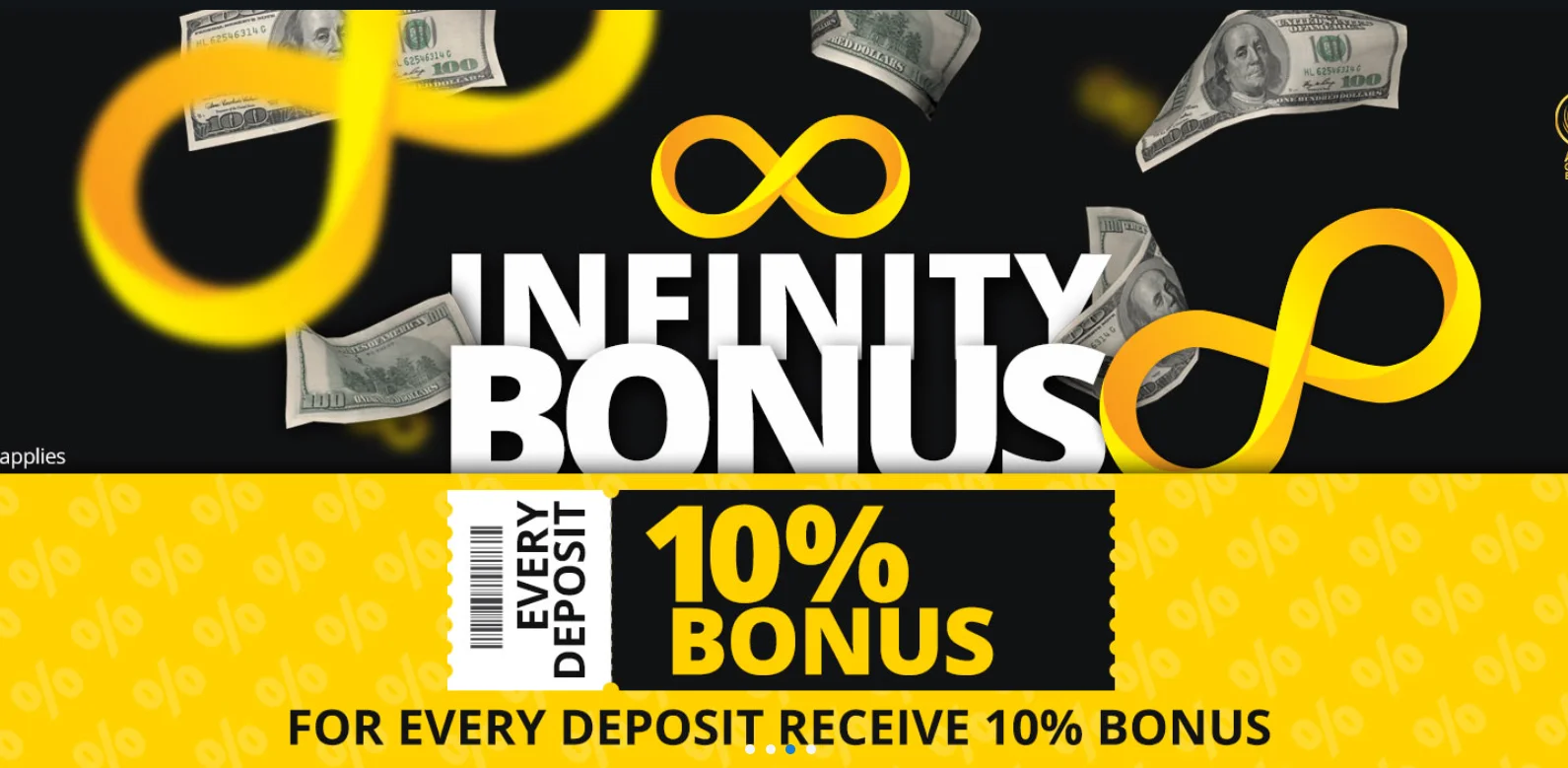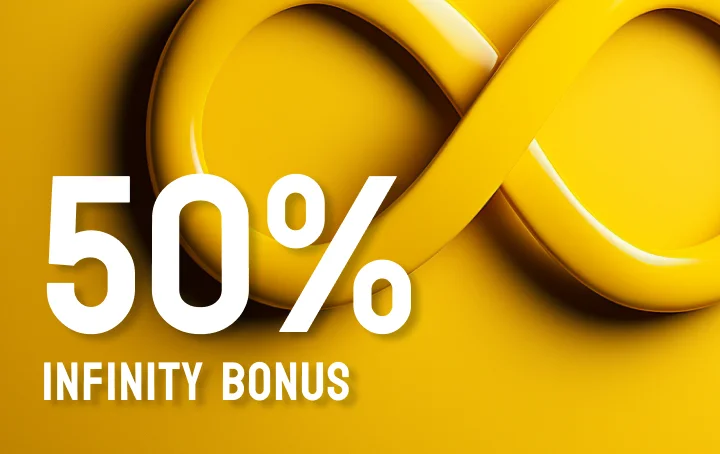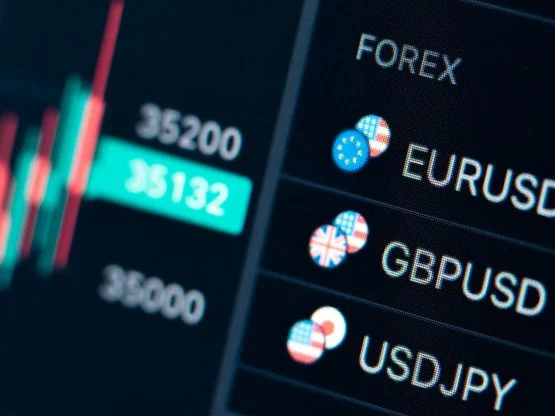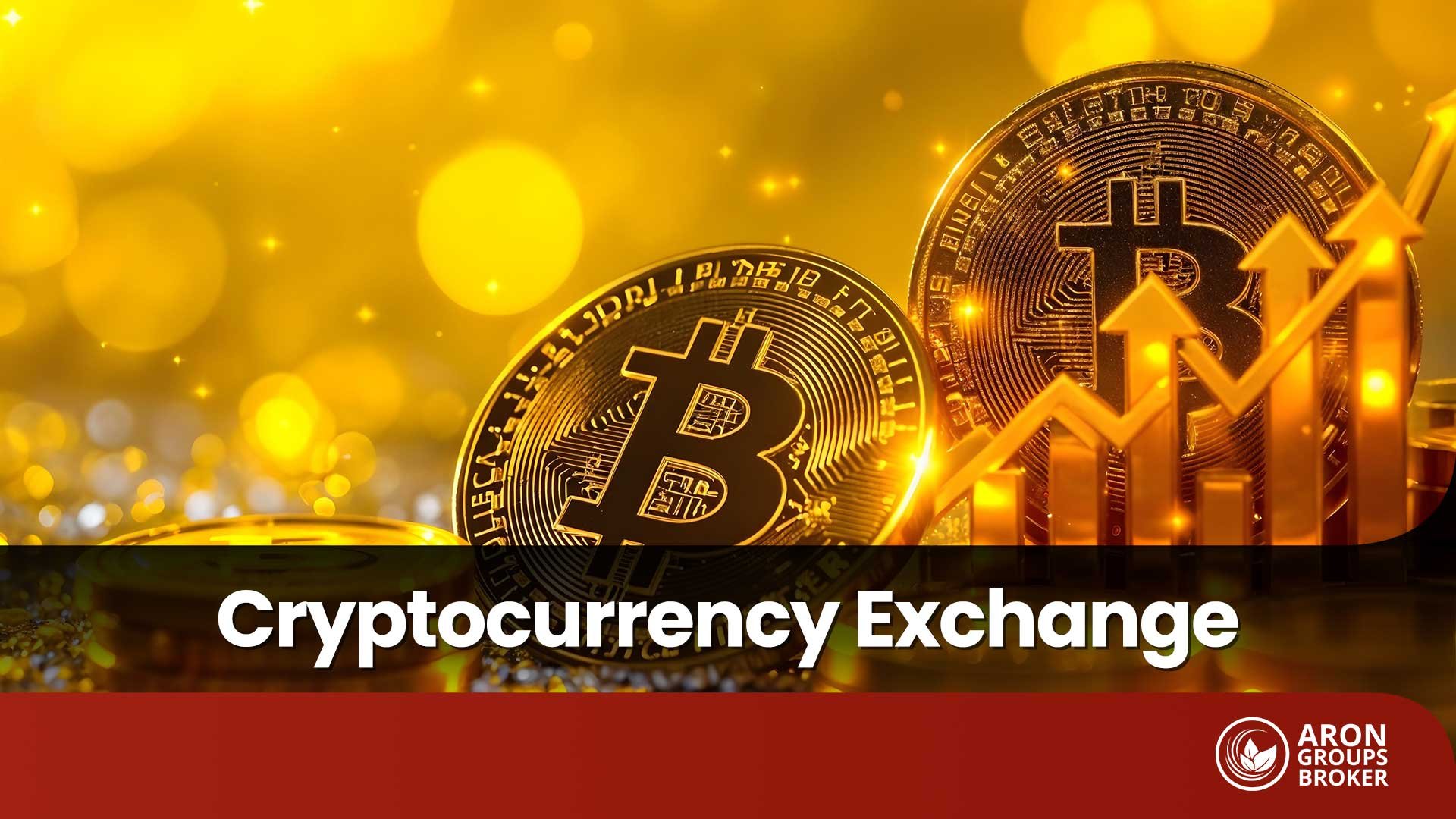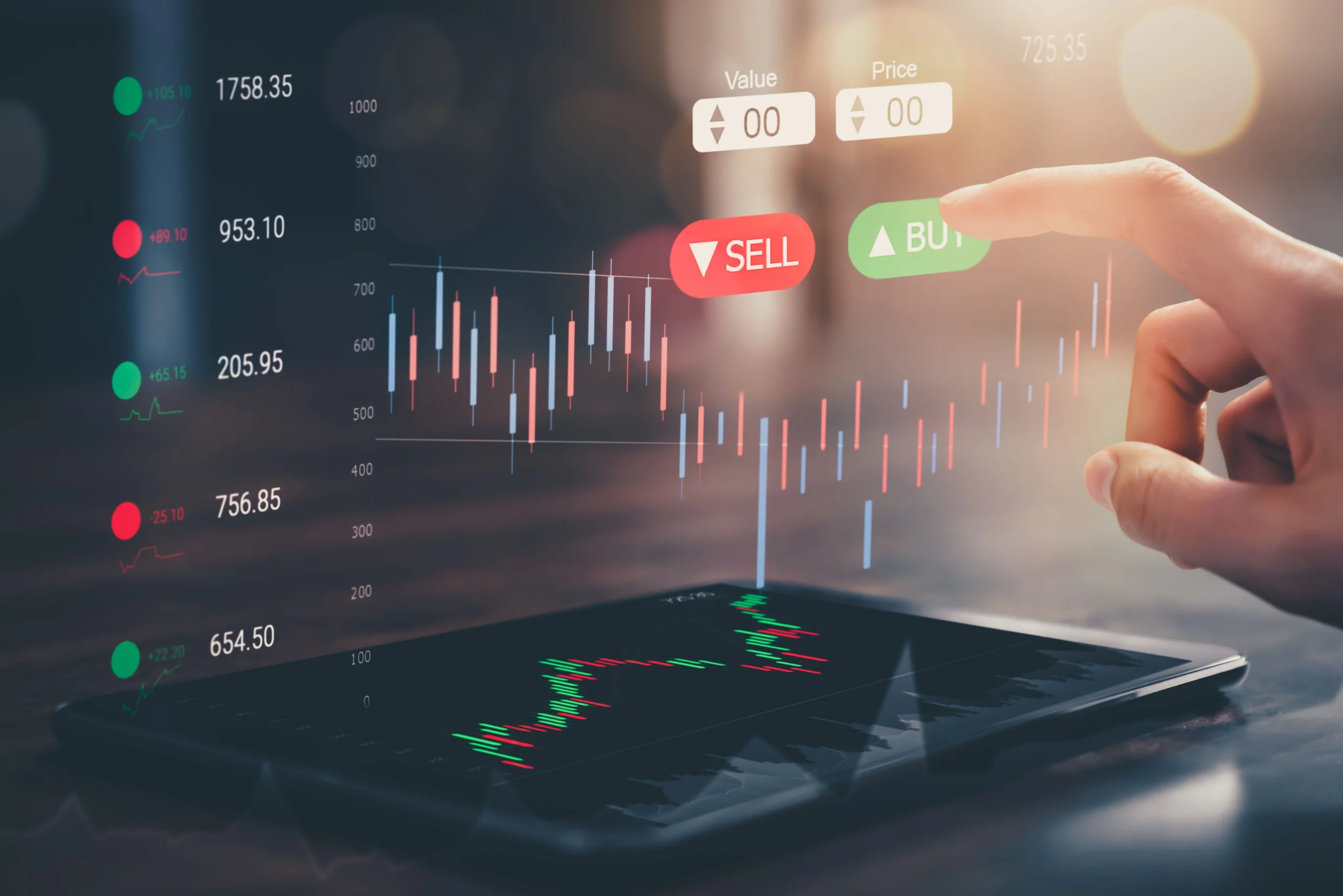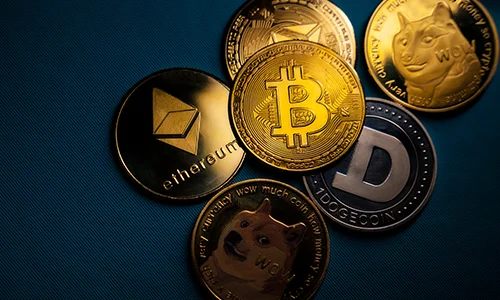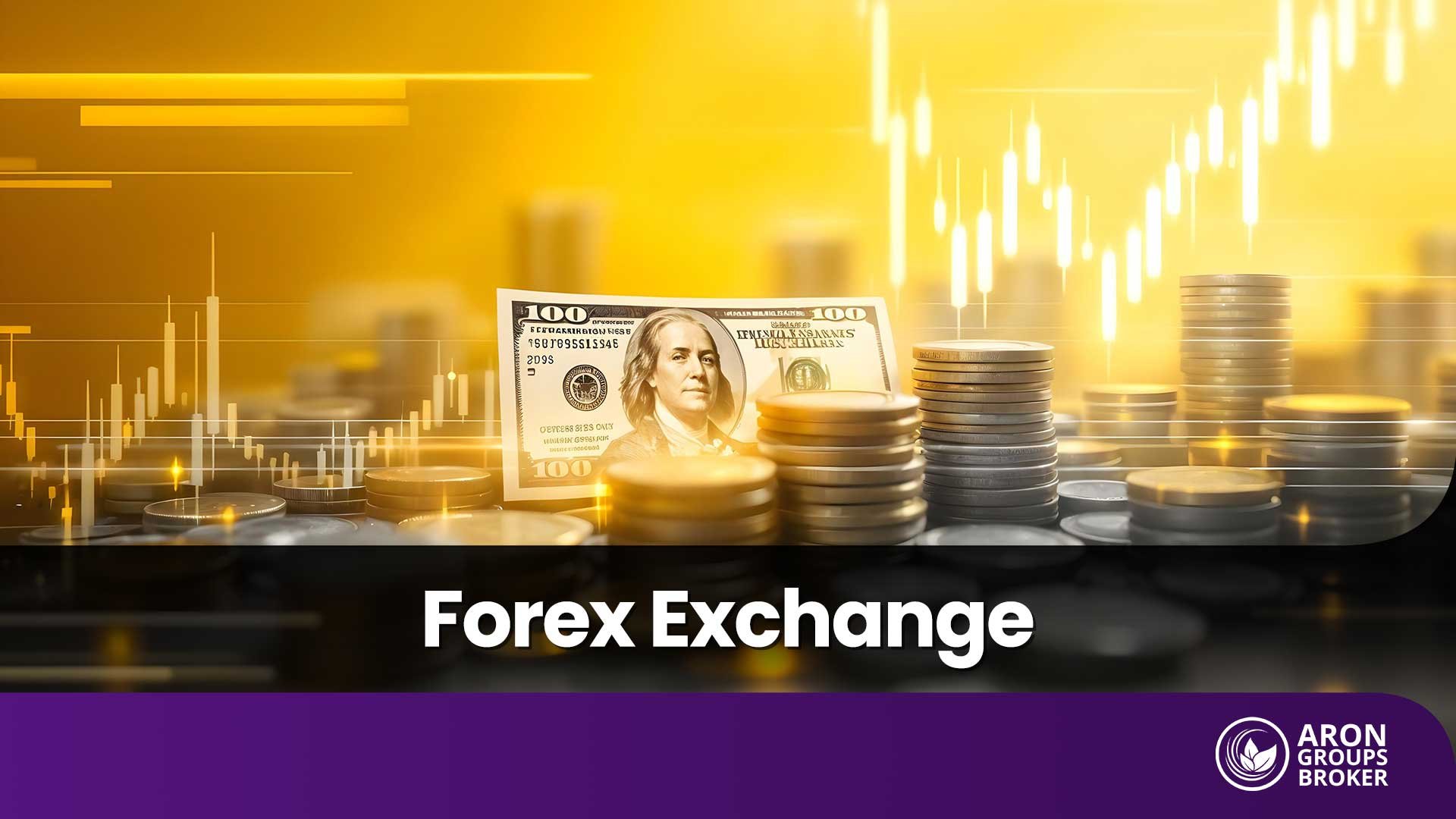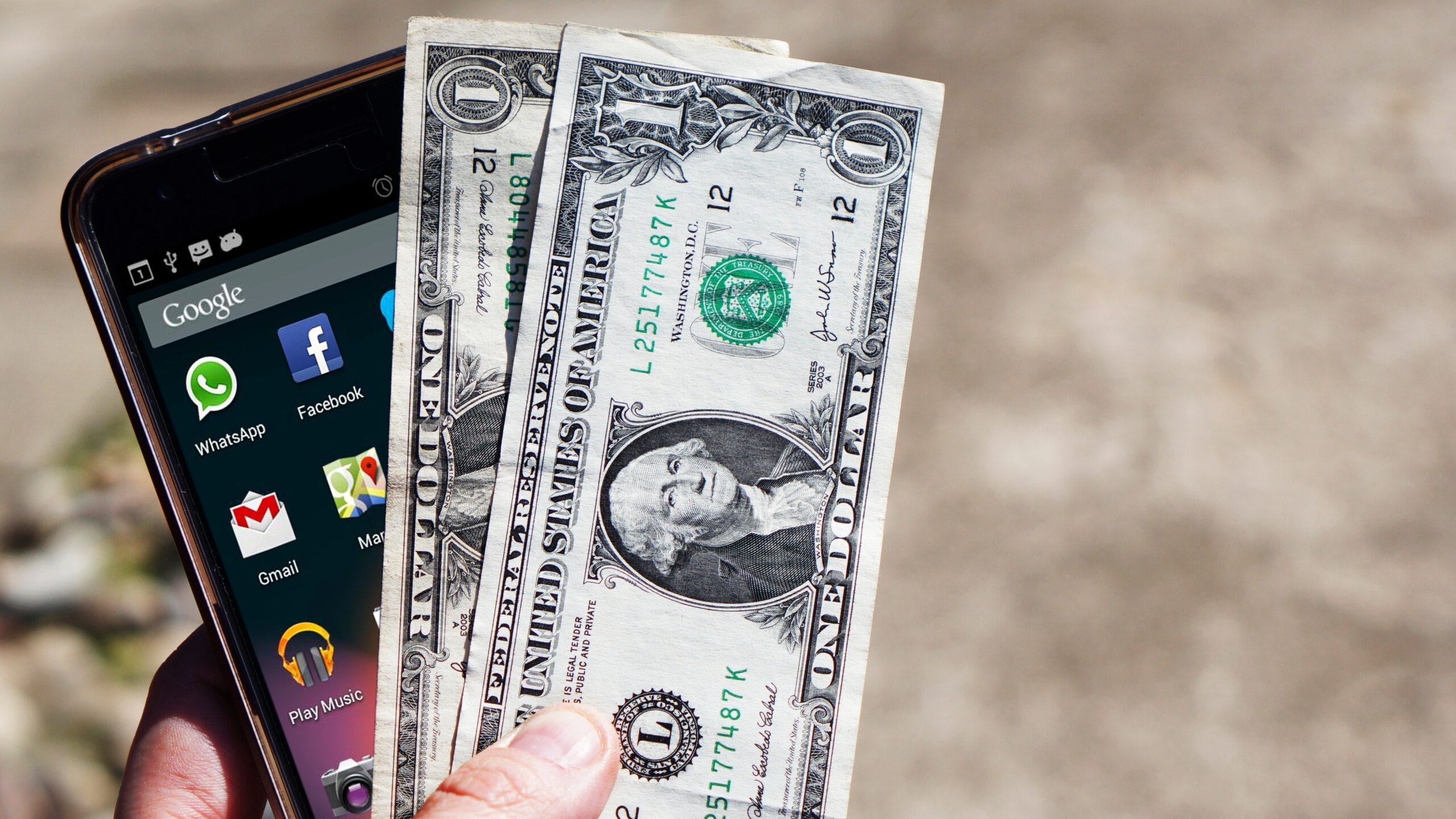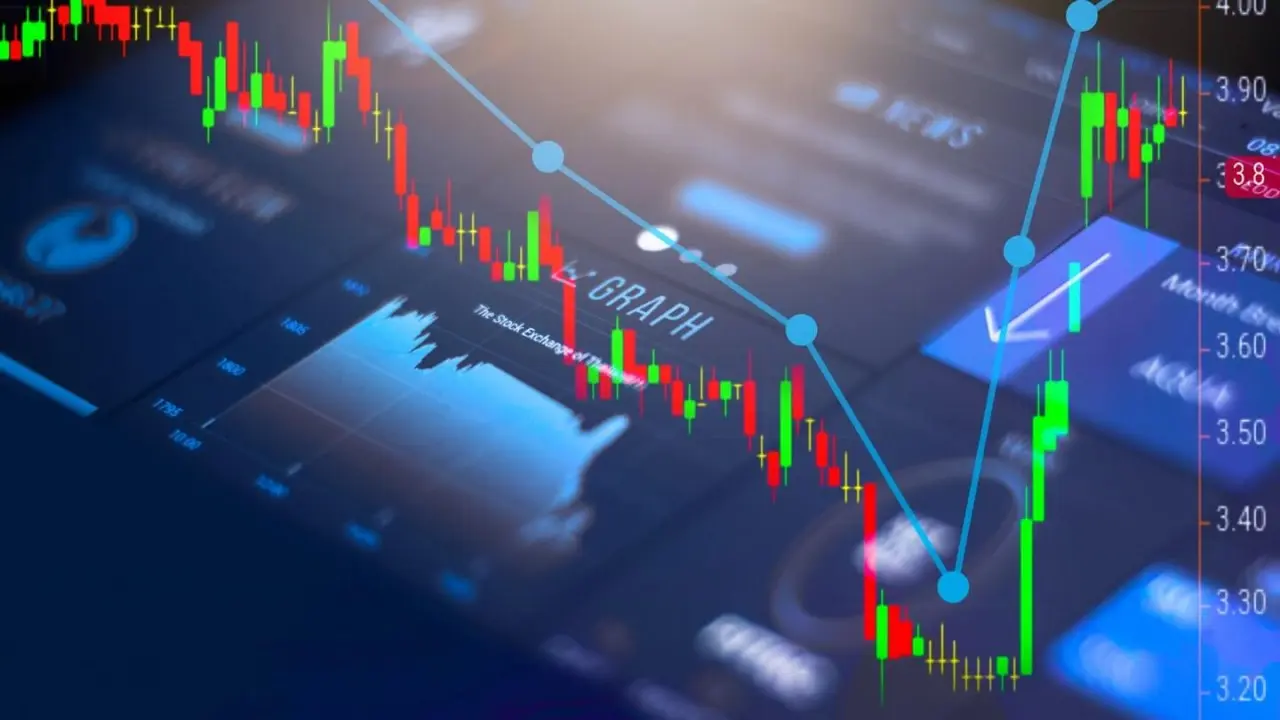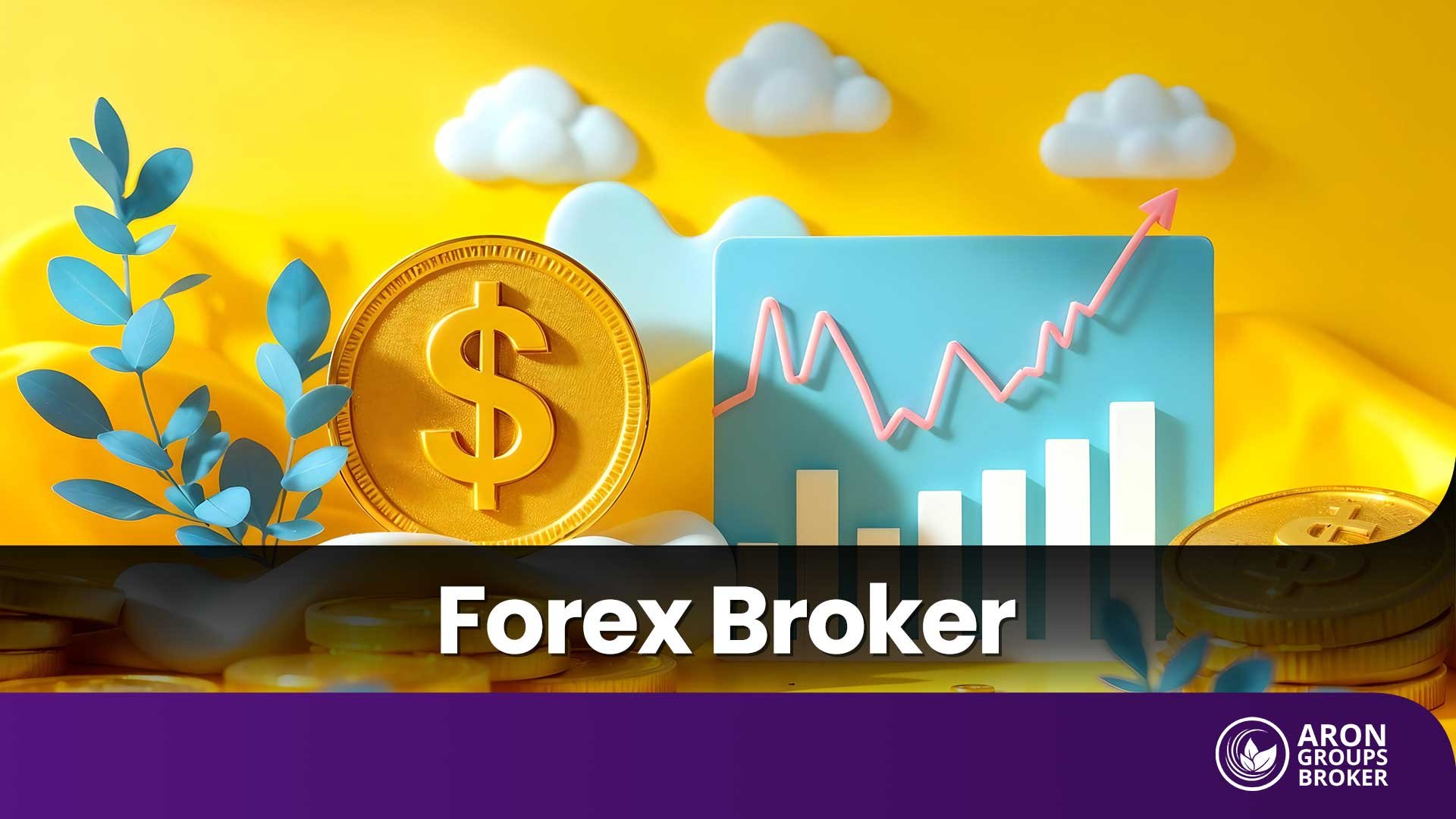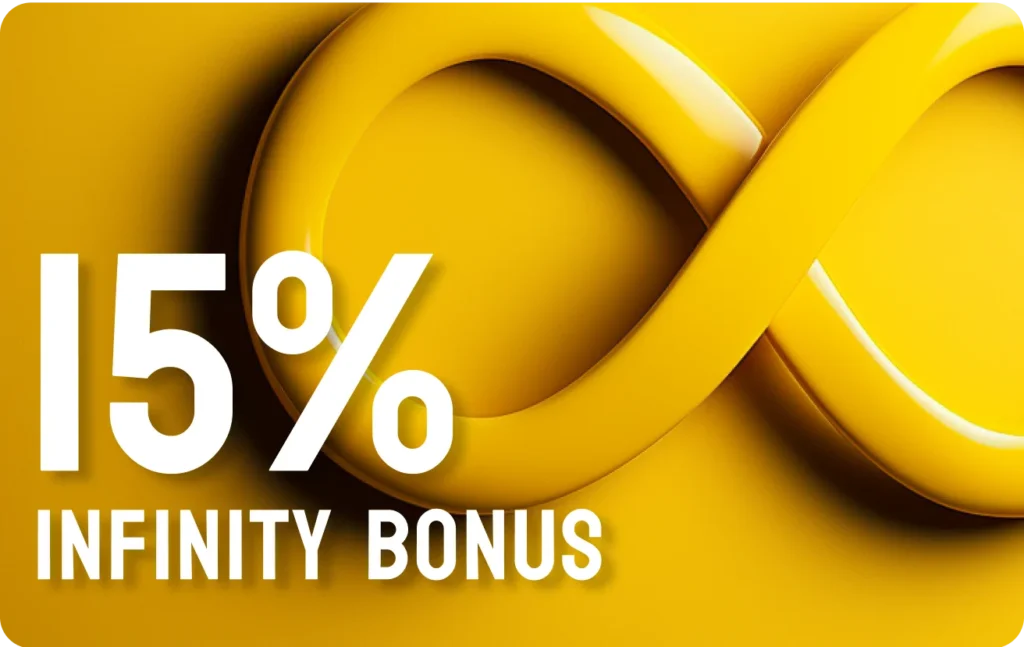You may have discovered the Forex market from someone around you, from television or internet advertisements. A few words you have read or heard may have picked your interest. Therefore, you should try the market.
The first thing you should do when you are interested in the Forex market is do some research and get preliminary information about the market. This way, you can get to know the market more. In addition, it is always reasonable to have wise information about the expressions, phrases, and words used by the experts in the area. Aron Groups thinks you will be more interested when researching the Forex market and its accepted literature among traders.
Table of Contents
Forex dictionary
Asset: The sum of the required collateral, free collateral, and instant profits and losses of open positions.
Ask: The selling price of the currency pair.
AUD: Australian Dollar.
Aussie: Assigned name for the AUD/USD pair.
Buying: Buying the first (left in symbol) currency in a currency pair, thinking it will appreciate against the second.
Bear Market: Markets with strong sales and prices losing value rapidly.
Balance: The money in the traders’ account. The traders’ balance does not change when they open a position. However, the profit and loss are reflected in the balance when they close an open position.
Base Currency: The unit on the left side of the currency pair. For example, in EUR/USD parity, the base currency is EUR.
Bid: The buying price of the currency pair.
Bull Market: Markets with strong purchases and prices gain value rapidly.
BOJ: Bank of Japan.
Bundesbank: Bank of Germany.
Buy Limit: A buy order is given when the price is lower than the current market price. When investors give this order, they think the price will drop to the level they want and rise again after the order is fulfilled.
Buy Stop: It is used to enter a buying transaction at a price even higher than the price currently traded. At first, glance, buying at a higher price than the current price seems contradictory. The buy-stop order is used with the thought that if a specified resistance point is broken, the market will go higher.
Cable: The assigned name to the GBP/USD parity.
CFD: This abbreviation stands for Contract for Difference. Through CFDs, you can buy and sell without owning any asset like indices, stocks, or commodities because CFDs are derivative instruments that allow only price expectations to be bought and sold.
Currency: it is the Currency type, the name given to each of the currency pairs you want to trade.
Commodity: The name given to the products traded in the markets and included in the commercial goods group. Petroleum, soybean, wheat, sugar, and other raw material groups are traded in the markets as commodities.
CMB: This abbreviation stands for Capital Markets Board. The institution is authorized to supervise the Forex market in Turkey.
ECB: It is the European Central Bank.
Economic Calendar: A timed calendar showing the time and status of the announcement of important economic indicators and events.
FOMC: The name given to the committee determines the monetary policies to be implemented by the US Federal Reserve (FED) through instruments such as interest rates.
FX: It is the abbreviation of the word Forex.
Free Margin: The amount of unblocked money exceeds the required margin due to open positions in your account. Also called usable collateral.
Hedging: It can be defined as opening a trade opposite to a position on any product, index, or currency pair.
Indicator: The name given to technical indicators.
Kiwi: a name assigned to the NZD/USD pair.
Lot: Indicates the number of units present in your transaction. This phrase indicates the number of investment instruments traded in financial markets. They are classified as micro, mini, and standard lots according to their quantities.
Margin: The name of the amount in the account to open a trade and continue the existing trade.
Margin Call: If an investor who trades using the entire margin makes a loss, he falls below the minimum margin required to maintain his position. In this case, the broker calls the investor to complete this margin.
Market Maker: Market makers are intermediary institutions that try to regulate stability and liquidity in the market of financial assets by giving continuous buying and selling quotes.
Market Order: A buying or selling transaction at the current price in the market. When a transaction is made with this order type, the buying or selling transaction is instantly carried out from the quotations actively displayed on the screen.

Order: A transaction request you send to your brokerage firm to be operated immediately or later in the market.
Quotation: The current price conversion rate of a currency price in the market is called a quotation. EUR/USD parity, USD/JPY parity, and GBP/USD parity represent a quotation.
Resistance: The name of the level prices will have difficulty passing in a rising price chart.
Support: The name of the level that the prices will have difficulty passing in a descending price chart.
Parity: It is the name given to the investment instrument created based on the ratio of the two countries currencies. It is traded as the exchange rate of two values, represented as EUR/USD.
Pending Order: The type of order used to trade at a price different from the prices actively traded in the market.
Pip: The word pip, which consists of the words “Price Interest Point,” means the smallest change in the case of a decrease or increase in the investment instruments traded in the Forex market. Since it expresses the difference between the initial and final values of the transaction, it calculates the amount of profit or loss.
Scalping: It can be defined as frequently trading in very small price ranges.
Sell Limit: A sell order is given when the price exceeds the current market price. When investors give this order, they think the price will rise to the level they want and decrease again after the order is fulfilled.
Sell Stop: It is used to enter a sell transaction at a price even lower than the price currently traded in the market. At a glance, selling at a lower price than the current price may seem counterintuitive, as with a buy-stop order. The sell-stop order is used with the thought that if a specified support point is broken, the market will go further down.
Stop Loss: These orders automatically close the position when the price reaches that level by writing a price level determined above the current price in open sales transactions and a price level determined below the current price in open buying transactions. The system is triggered when the market price reaches the Stop-Loss level, and the order is sent to the market as a Market Execution. An order is tried to be executed at the current market price.
Spike: A notable change in price in a short period. It is usually seen after data disclosures.
Spread: The difference between the buying price (bid) and the selling price (ask) is called the spread. For example, let the USD/JPY parity buy price be 1.2150 and the selling price be 1.2155. 1.2155 – 1.2150 = 0.0005 is the difference between the bid and ask price. So, the spread is 5.
Stop out: If the total assets in the account decrease to 50% of the required collateral, the system automatically closes the positions starting from the position with the most loss until it reaches 50% again.
Swap: The overnight carrying cost has a positive (+) or negative (-) effect on your account, depending on the interest difference between the currency pair you invest.
Taking a Long Position: When you buy a parity (currency pair), you are in a “long-long” position.
Take Profit: These orders allow the position to be closed automatically when the market price reaches that level by writing a price level determined above the current price in open Buy transactions and a price level determined below the current price in open sales transactions.
Taking a Short Position: When you sell on a currency pair, you are in a “short-short” position.
Volatility: The higher the volatility, the more the price of the pair plays, and the more opportunities are provided for traders.



















